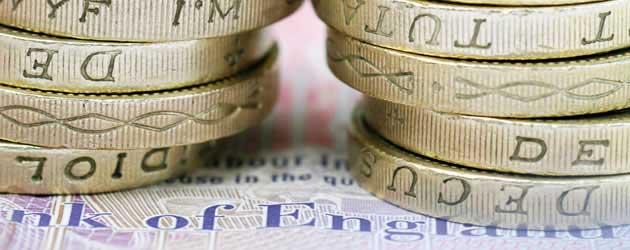
The Pound rallied against a basket of global currencies yesterday as markets reacted to the news that the Duchess of Cambridge had gone into labour. It was later confirmed that Catherine Middleton and Prince William are now the proud parents of a baby boy who is third in line for the throne. The news boosted Sterling because it led to speculation that cheerful Britons would spend more on consumer goods, bolstering UK economic outlook in a similar manner to the Royal Wedding and Diamond Jubilee in recent years.
Whether the Royal Baby will, or will not, boost UK economic output remains to be seen, but the positive impact of the announcement helped Sterling on its way to a 0.3 cent gain against the Euro (GBP/EUR), a 0.75 cent gain against the US Dollar (GBP/USD) and a 0.4 cent gain against the Canadian Dollar (GBP/CAD). The Antipodean currencies – the ‘Aussie’ and the ‘Kiwi’ – avoided defeat due to a rise in global risk appetite.
With Japanese Prime Minister Shinzo Abe winning a large majority in the upper house of the Japanese parliament it is likely that he will continue to pursue expansive monetary policy. Risk appetite was also helped by a weaker-than-expected US Existing Home Sales print of -1.2% which, combined with a recent -7.5% decline in US Building Permits and a -9.9% fall in US Housing Starts, reflected negatively on the US housing market. The poor figure completed the tripartite of worrying housing indicators and caused investors to scale back their bets for a tapering of QE3.
The Pound is trading above support levels at 1.5250 against the US Dollar and could push towards resistance at 1.5500 if UK GDP prints inline with economists’ forecasts later this week. Likewise the Sterling to Euro exchange rate (GBP/EUR) has the potential to rise from 1.1640 to technical resistance at 1.1800 if second quarter growth excels.
On the upside the dominant UK Service Sector hit a 2-year high during June, the UK Manufacturing Sector struck a 13-month high and Construction also printed above the crucial 50.0 level that demarcates growth from expansion. UK Retail Sales expanded by 2.2% in June and heightened consumer spending is expected to continue throughout the summer as Royal Baby fever is stoked by the outlandishly good weather. The British Chamber of Commerce added to the optimistic outlook yesterday as they confirmed that UK exporters are more confident about sales growing and more positive about hiring prospects now than at any time since the recession.
The UK second quarter growth score is expected to come in at 0.6%, up from 0.3% in the first quarter. This would bring the annualised Gross Domestic Product print up to an impressive 1.4%. A score inline, or above analysts’ forecasts has the potential to significantly bolster demand for the Pound.
However, Sterling will remain susceptible to declines until new Bank of England Governor Mark Carney is explicit regarding his designs for the UK Central Bank. Many market-players expect the former Bank of Canada man to impose a dual mandate remit for the BoE that incorporates both an inflation target and a growth or employment objective. The latest BoE Minutes showed a unanimous 9-0 vote against further quantitative easing but it is widely believed that August will be the month for action as the Central Bank is also set to release its widely anticipated Inflation Report. If the paper shows, as the recent below-estimate CPI figure suggests, that UK inflation has peaked then it is possible that the BoE will use the room afforded to it by falling price pressures to drive growth forward in Britain via additional asset purchases.

Comments are closed.